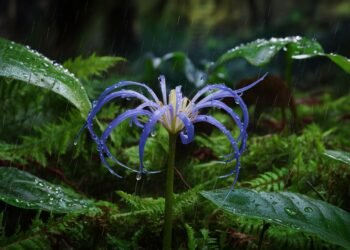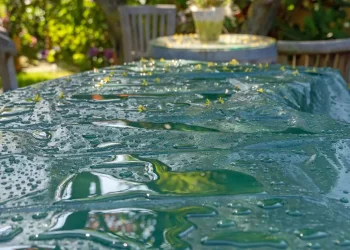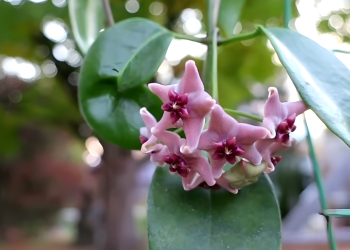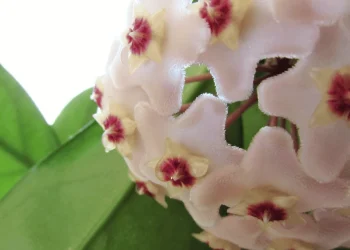I can hear that you are ready to bring more nature into your home but have only limited space. Then Hoya Finlaysonii might be the right one for you!
Hoya Finlaysonii is known for its circular, semi-succulent leaves and clusters of pink blooms with an incredibly sweet scent. This Hoya variety grows thick vines that will climb up trellises or trails out of hanging baskets.
If that’s something you would want to get, keep on reading, I will share with you all the important details you need to know before getting this one!
How Big is the Hoya Family?
The Hoya is a huge genus consisting of over 500 accepted species from the Apocynaceae family. Hoyas, commonly known as wax plants, was first named in 1810 by Scottish doctor Robert Brown in honor of his friend Thomas Hoy.
Originating from diverse corners of Asia, the Hoya family is very rich, full of different plants of different shapes, sizes and colors.
Hoya Finlaysonii Overview
Let’s zoom in on Hoya Finlaysonii, a distinct member of this extensive family. Originating from the forests of Malaysia, H. Finlaysonii is one of the smaller plants from the genus. It’s proudly named after the collector who discovered this wonderful plant—George Finlayson, a Scottish naturalist and surgeon.
In its natural habitat, it grows as a climbing epiphyte along rivers and streams in the lowland. But it is suitable for both hanging and climbing, making it perfect for both indoor and outdoor spaces.
Thanks to the vast lowlands, Finlaysonii is accustomed to a bit more light, not fighting over every sun ray under dense canopies. That highly contributes to its known light green leaves with emerald-green venation.
This Hoya variety can take a bit longer to flower, mine flowered about 2 and a half years after starting it from a cutting. But once it does, it produces beautiful clusters of white, star-shaped blooms on purple stems. The blooms survive for about one week to ten days.
How to Care for Hoya Finlaysonii
Lighting
Place your Hoya Finlaysonii in a spot with bright, indirect light for optimal growth.
While it can momentarily tolerate lower light conditions, you should aim for at least 4 hours of daily exposure to keep the lush foliage thriving.
Direct sunlight isn’t ideal either, as this can easily burn the leaves. I keep my Hoya across the room from the windows, where it gets sunlight, mainly around noon when the sun is up—but it never directly shines at it.
Ideal Soil
The ideal soil for Hoya Finlaysonii can be characterized as light and well-draining. You can opt for a bland of orchid bark, perlite, and coconut coir. Hoyas are susceptible to root rot.
Temperature
Hoyas are tropical plants, so you should aim to maintain temperatures above 60°F (15-27°C). Avoid sudden temperature changes and drafts. The container should not be placed near a radiator or ventilation shaft.
Watering Routine
Let your H. Finlaysonii dry out between waterings. That will come to watering about once a week during the growth season. When fall and winter approaches, the plant will go partially dormant, slowing down its processes. During that time of the year, I usually don’t water more often than every two weeks.
Fertilization
Keep it simple with a half-strength, balanced liquid fertilizer during the growing season. No need to overfeed – just a little nutrient boost to keep it thriving. Ease up on the feeding during its laid-back fall and winter growth phase.
Propagation and Repotting
You can easily expand your plant family from stem cuttings during the growth season. Leaf cuttings are also an option, but I didn’t have much success with that in the past.
Hoya Finlaysonii grows quite shallow roots that don’t extend sideways much. So repotting is not that frequent, maybe once every two to three years. You should ideally repot at the very beginning of the growth season—in spring. But if you see that your plant is simply getting too big, don’t be afraid to interfere.











